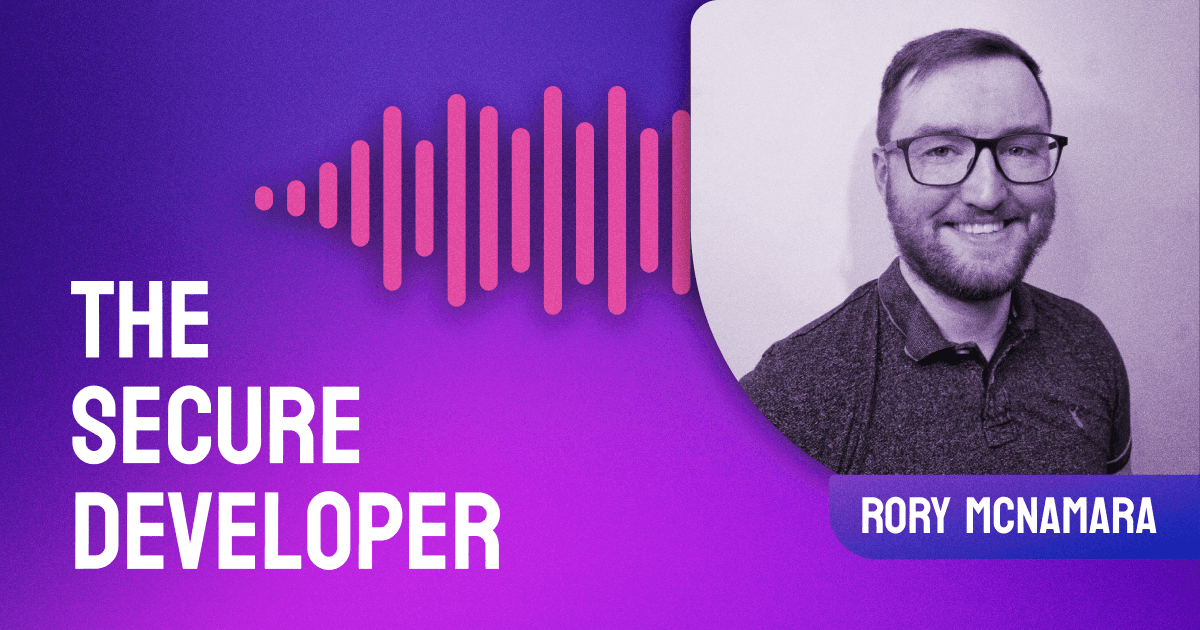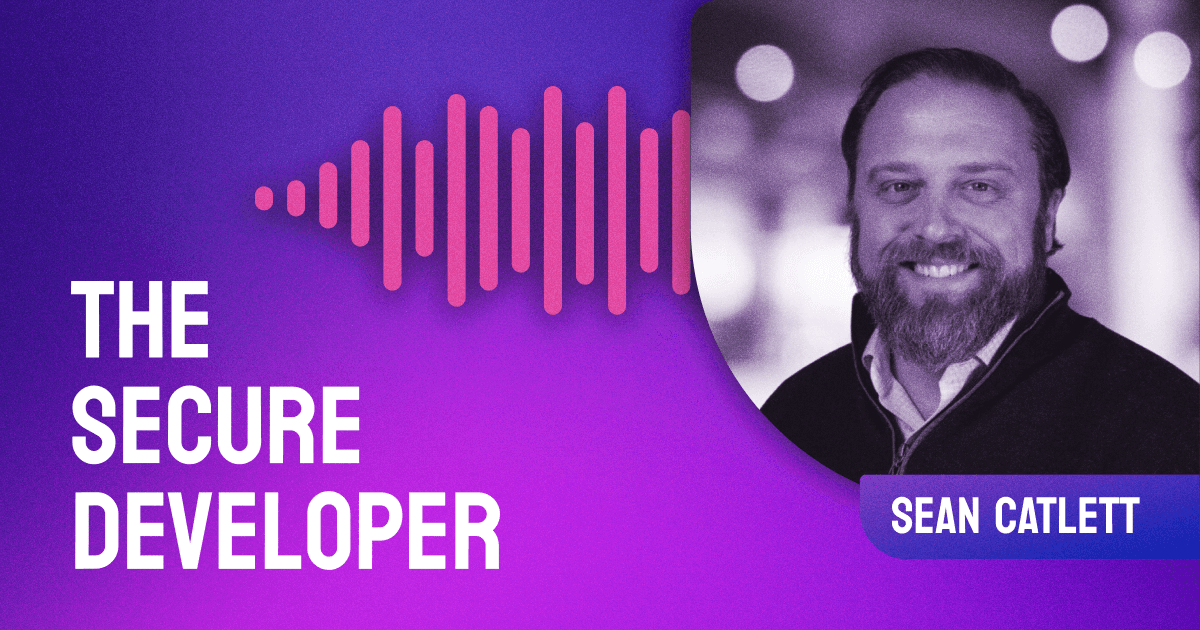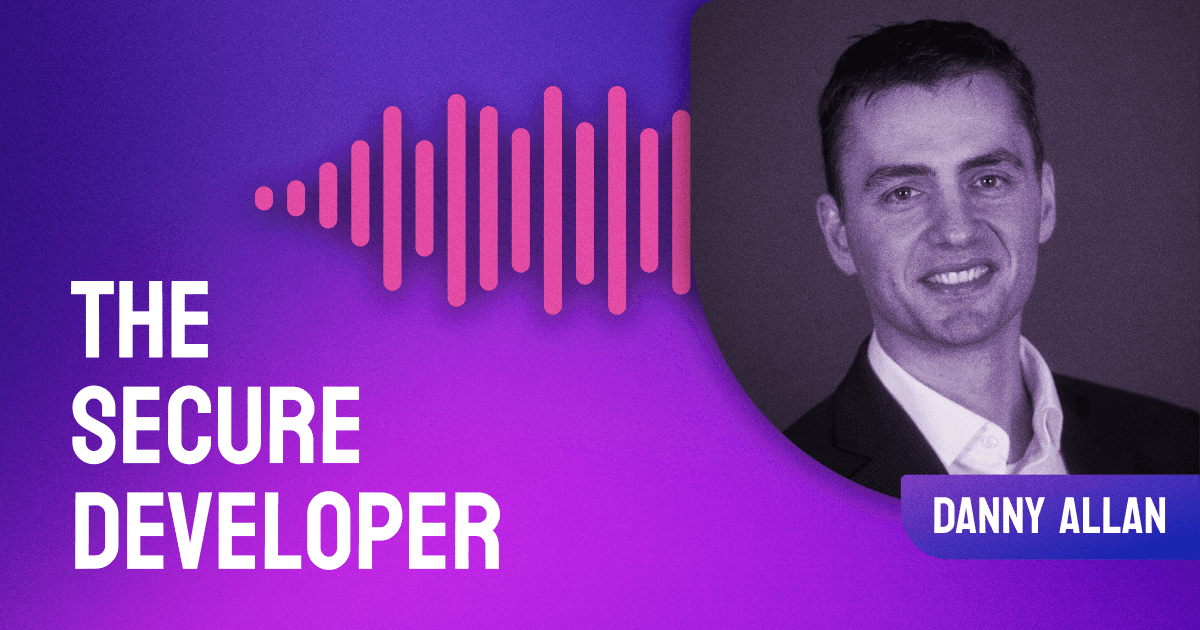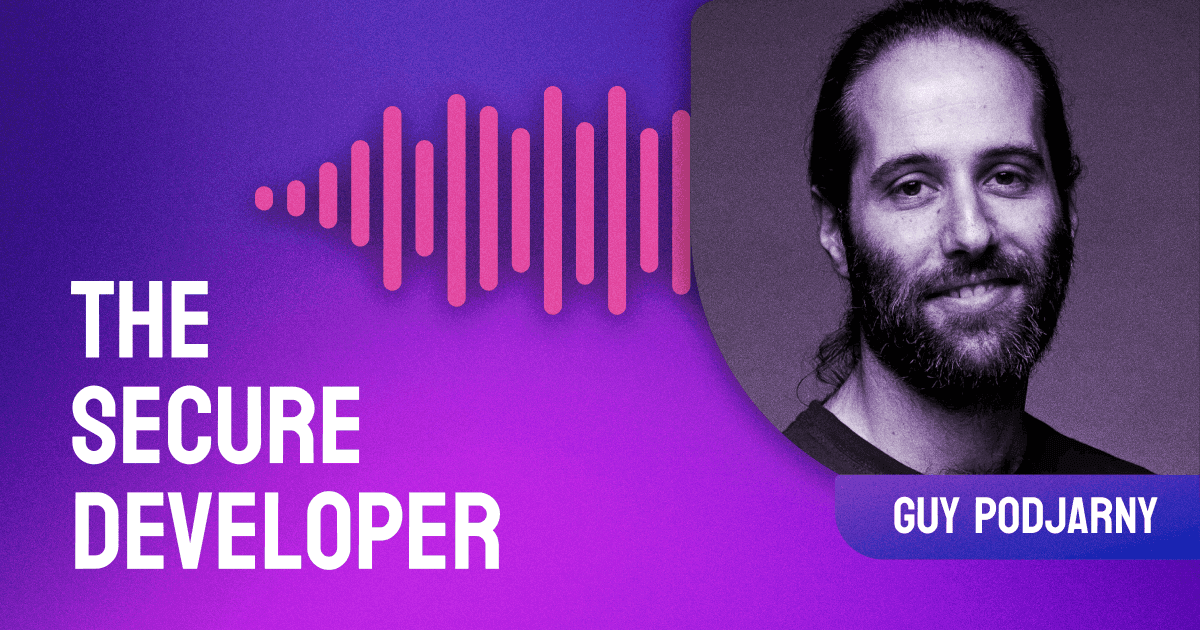Episode Summary
Laura Bell Main, CEO at SafeStack, discusses the two-fold implications of AI for threat modeling in DevSecOps. She highlights challenges in integrating AI systems, the importance of data verifiability, and the potential efficiencies AI tools can introduce. With guidance, she suggests it's possible to manage the complexities and ensure the responsible utilization of AI.
Show Notes
In this intriguing episode of The Secure Developer, listen in as Laura Bell Main, CEO at SafeStack, dives into the intricate world of AI and its bearing on threat modeling. Laura provides a comprehensive glimpse into the dynamic landscape of application security, addressing its complexities and the pivotal role of artificial intelligence.
Laura elucidates how AI has the potential to analyze vulnerabilities, identify risks, and make repetitive tasks efficient. As she delves deeper, she explores how AI can facilitate processes and significantly enhance security measures within the DevSecOps pipeline. She also highlights a crucial aspect - AI is not just an enabler but should be seen as a partner in achieving your security objectives.
However, integrating AI into existing systems is not without its hurdles. Laura illustrates the complexities of utilizing third-party AI models, the vital importance of data verifiability, and the possible pitfalls of over-reliance on an LLM.
As the conversation advances, Laura provides insightful advice to tackle these challenges head-on. She underscores the importance of due diligence, the effective management of AI integration, and the necessity of checks and balances. With proactive measures and responsible use, she affirms that AI has the potential to transform threat modeling.
Don't miss this episode as Laura provides a thoughtful overview of the intersection of AI and threat modeling, offering important insights for anyone navigating the evolving landscape of DevSecOps. Whether you're a developer, a security enthusiast, or a tech leader, this episode is packed with valuable takeaways.
Links
- Agile Application Security
- Security for Everyone
- Microsoft STRIDE
- OWASP Top 10 for Large Language Model Applications
- Snyk - The Developer Security Company
Follow Us





